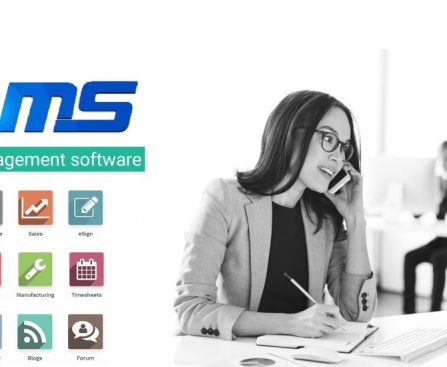If we add a new field in the backend and want them to be displayed in POS, we can use the load_fields method in the ‘PosModel’ initialization function. eg:- var models = require(‘point_of_sale.models’); models.load_fields(‘model’, ‘field_name’); In order to upload the new model to POS, we use load_models(models, options). Load the odoo model when the point […]
Odoo is a very flexible ERP system when compared to the fields and their views. We can easily add new fields into a model and display them into new views or existing views. In this video, we’ll be discussing how we can add a new field into an existing form view. #odoocustomfield #odoofields #odoo14 #Add […]
Scheduling & forecasting tasks is another way to manage projects. Views provide a visual view of tasks scheduled overtime. In Odoo, the Planning option gives access to Gant view, Listview, and Pivot view which shows you the progress of a project and its related task. Gant view provides a timeline view of individual tasks, their […]
The key objective behind the Odoo Functional Webinar is to literate the Odoo users, Consultants, Partners, and other public on Odoo. The webinar envisions sharing how Odoo functions in various modules and how Odoo’s incorporation at the business place improves the operational speed and effectiveness. The Webinar will cover the Sales, Purchase, and Accounting modules […]
Once the bank statements are correctly imported, it is essential to reconcile the records properly and ensure all Journal Entries are balanced and in agreement. To ease and speed up the reconciliation process, you can configure Reconciliation Models, which are particularly useful with recurrent entries such as bank fees. There are three types of Reconciliation […]
Accounting in the aspect of company operation is vital and the management of the various strands of finance in the company could bring in at most profit for the investment as well as reduce the losses. Video Contents: 0:00 – Introduction to Odoo 14 Accounting 1:01 – Overview of Odoo Accounting Dashboard 5:02 – How […]
In Odoo, lots and serial numbers have similarities in their functional system but are different in their behavior. They are both managed within the Inventory, Purchases, and Sales app. Lots correspond to a certain number of products you received and store altogether in one single pack. Lots will help identify a number of pieces having […]
Batch picking is the process of selecting a group of products for meeting the requirement of the order. The order can be in small batches or large batches. An ERP enables the user to automate batch picking following a group of set guidelines. Batch picking is done from a group of products produced in the […]
In Odoo, you have the possibility to deliver your products in different packages, Depending on the volume and or weight of your products. First, you need to activate the Delivery Packages feature in the Inventory Application. For that Go to Apps ‣ After removing the Apps filter install the module ‘Delivery Costs’. Now, you can […]
Odoo POS Order ‘Notes’ feature facilitates the user to add order notes to individual order lines and it can be printed on receipt too if desired. Customers can easily see notes on their screen, receipt, and pos order line. The seller can print the order note on the receipt if desired. The order note feature […]
